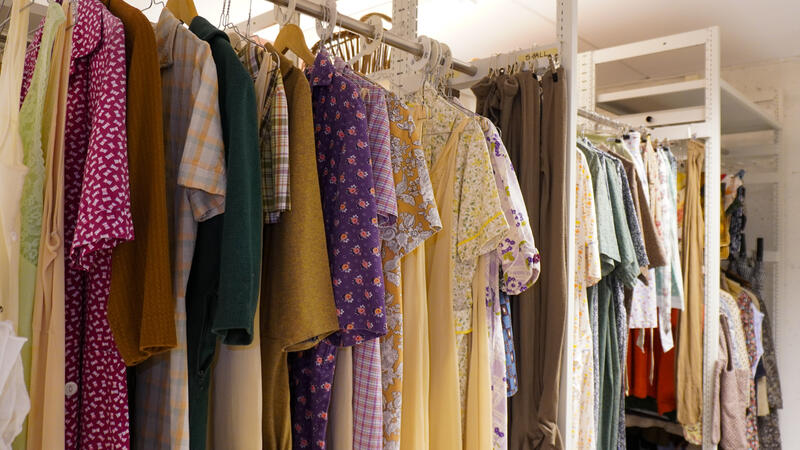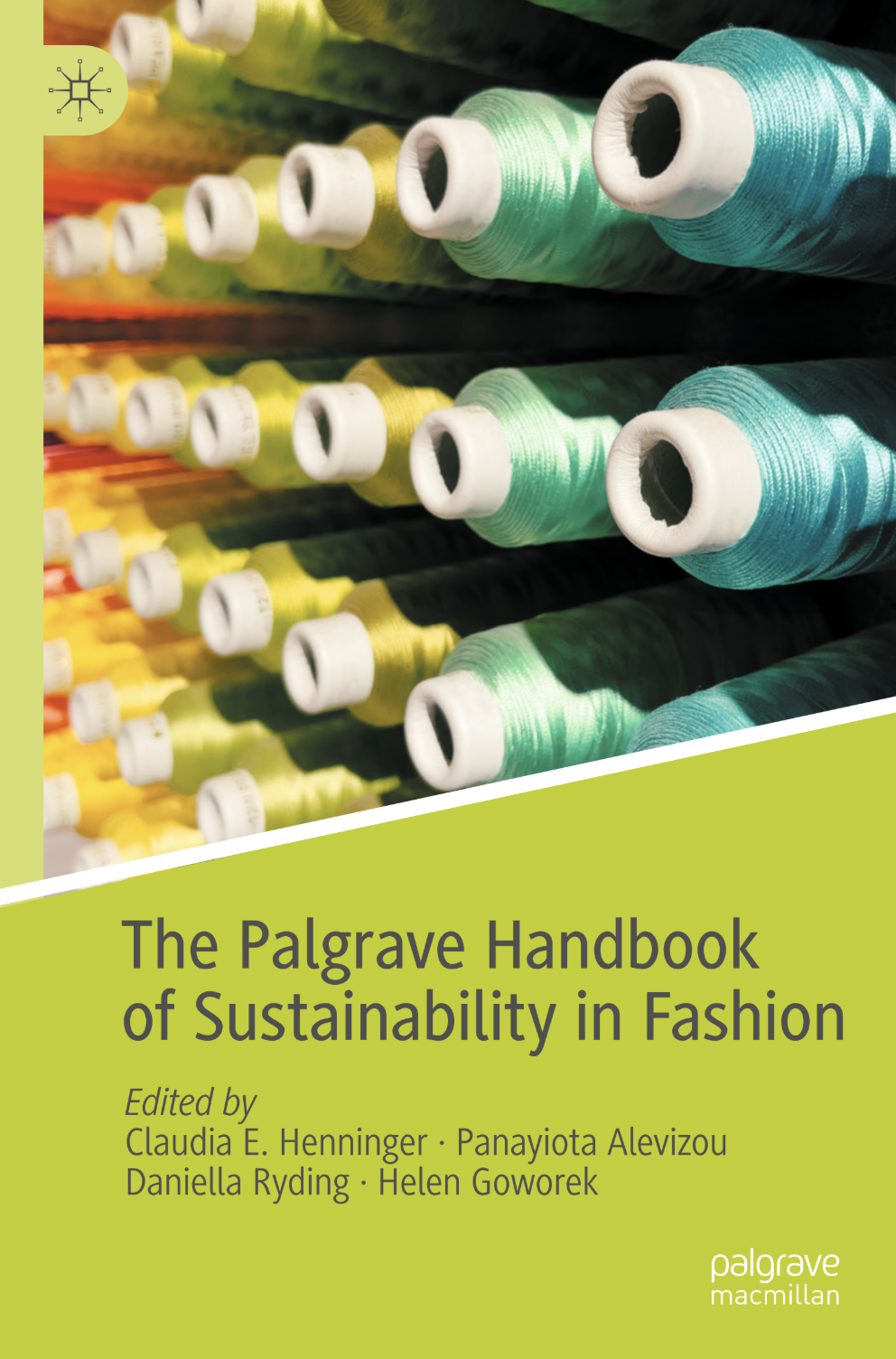‘Creating’ variety without waste: Pre-industrial dress practices as inspiration for updating the sustainability discourse
Authors: Ingun Grimstad Klepp, Bjørn Sverre Hol Haugen, Marie Ulväng, Pernilla Rasmussen, Ingrid Haugsrud
This study explores how ideas of variety were created and practised among women and men of different social strata in Norway and Sweden before the big changes in the second half of the nineteenth century. Three researchers with in-depth knowledge of clothing during that period look at their material through questions they developed based on current clothing and sustainability discourse. The material consists of both written (diaries, inventories, etc.) and oral sources and clothes. We look at acquisition and use of clothes in the period of 1780–1850 to understand how variety was achieved to discuss whether historical research can inform today’s debate on clothing and the environment. Despite strong limitations in terms of regulations for trade, strict dressing codes, expensive textiles and a restricted economy, variety was achieved. An important prerequisite was that the fabrics themselves were seen as valuable and durable, while the shape, trimmings, accessories and the like could be varied. Buying new ready-made clothes was not yet an option. Access to clothes and accessories was an intricate web involving both caring, sharing (lending, renting, inheritance and shared access) and alterations done by amateurs and professionals. The wardrobe was a well-planned system with movement between occasions and over time, consisting of clothes with different functions and temporalities. The present debate with an emphasis on circular economy solutions and the industry as the main stakeholder overlook clothing as a complex cultural and historical phenomenon. Variety in clothes can be achieved in much less resource-intensive ways by focusing on more valuable fabrics.
Reference
Klepp, Ingun Grimstad ; Haugen, Bjørn Sverre Hol; Ulväng, Marie; Rasmussen, Pernilla; Haugsrud, Ingrid (2024). ‘Creating’ variety without waste: Pre-industrial dress practices as inspiration for updating the sustainability discourse. Clothing Cultures. Vol. 11.
https://doi.org/10.1386/cc_00088_1

